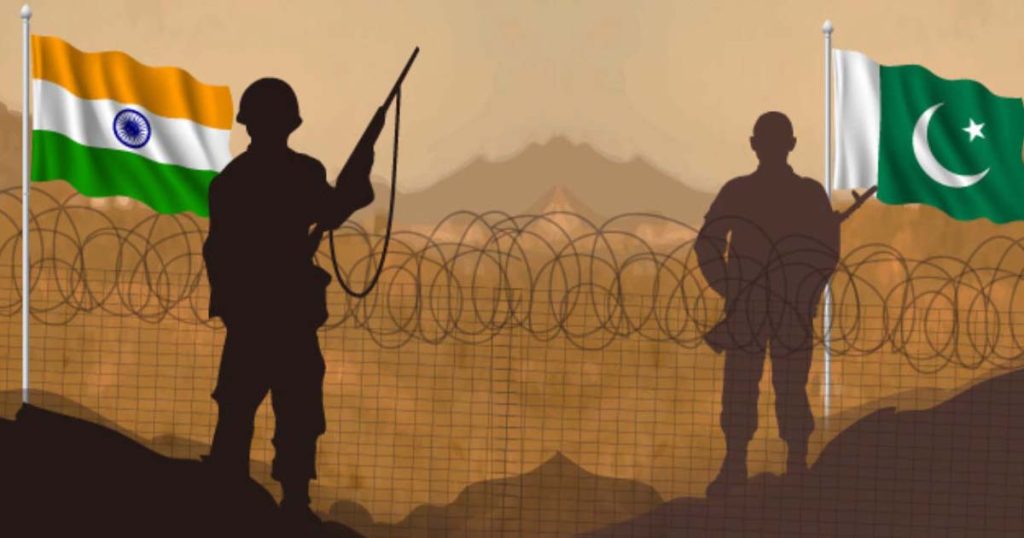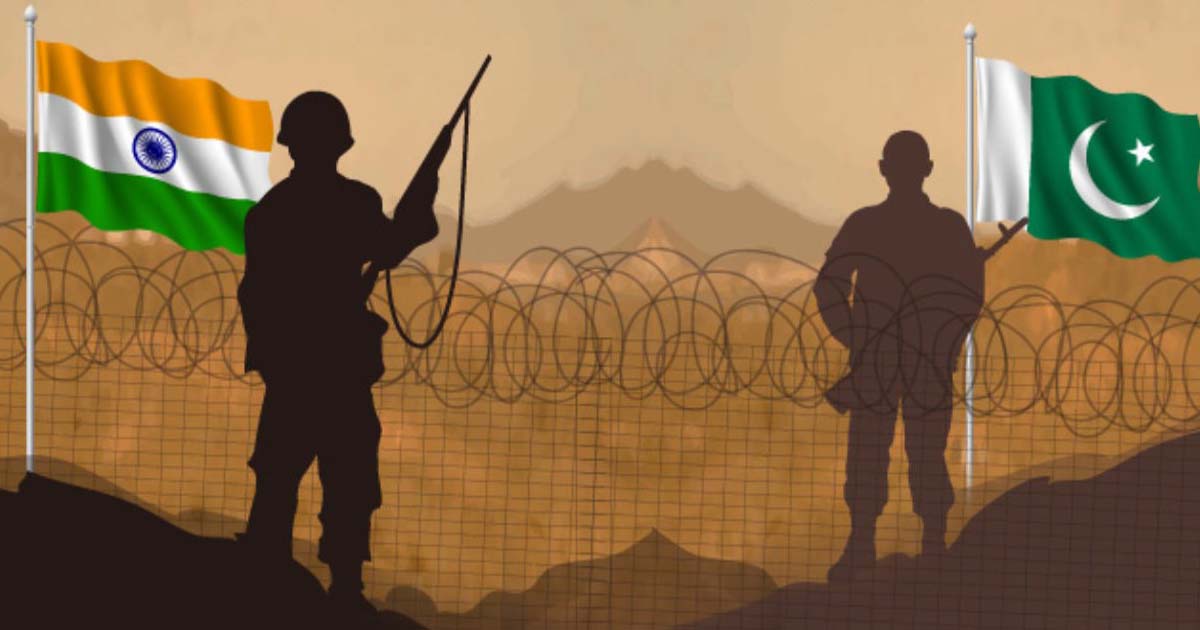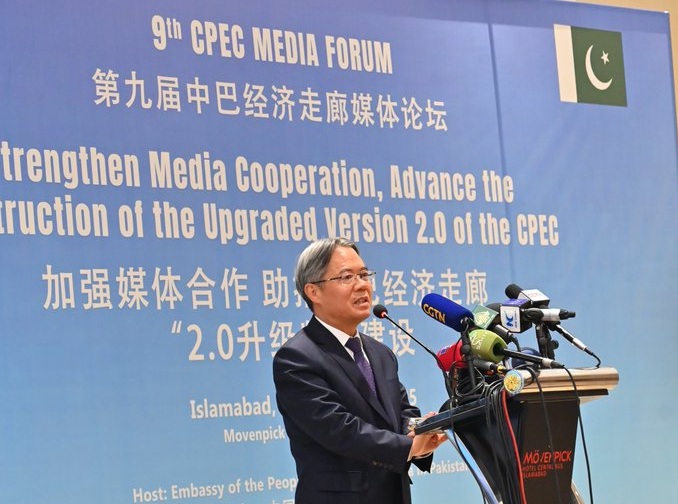The IndoPak border remains one of the most volatile flashpoints in global geopolitics. In April 2025, tensions between the two nuclear-armed neighbors flared anew following a brutal militant attack in the Indian-administered region of Jammu and Kashmir. With 28 civilians killed and over 20 injured in the tourist hotspot of Pahalgam, the incident has sparked a wave of diplomatic, military, and public reactions, threatening to derail years of fragile peace.
A History of IndoPak Hostility
India and Pakistan have shared a deeply contentious IndoPak relationship since their partition in 1947. The central bone of contention remains the region of Kashmir, which both countries claim in full but govern in part. The Line of Control (LoC), a de facto border, has seen frequent skirmishes, artillery fire, and militant infiltrations.
Over the decades, the region has witnessed several IndoPak wars (1947, 1965, 1971, and the Kargil War in 1999) and countless militant incidents. The 2008 Mumbai attacks significantly worsened ties. A fragile peace was maintained after the 2019 Balakot airstrike, but no substantial diplomatic resolution was reached.
April 2025 Attack: Catalyst for Crisis

The attack in Pahalgam, a major tourist destination, has been one of the most lethal on civilians in recent years. The Resistance Front (TRF), allegedly an offshoot of LeT, claimed responsibility, citing its opposition to India’s abrogation of Article 370 in 2019, which removed Jammu and Kashmir’s semi-autonomous status.
Indian intelligence and defense officials quickly pointed fingers at Pakistan for harboring and supporting terrorist infrastructure on its soil—a familiar accusation that Islamabad strongly denies. Pakistan’s foreign office condemned the killings, calling them “un-Islamic” and blaming “homegrown discontent” in Kashmir as the root cause.
India’s Response
India responded swiftly and sternly. Prime Minister Narendra Modi addressed the nation, vowing to pursue the perpetrators to “the ends of the earth.”
Suspended the Indus Waters Treaty, a landmark 1960 water-sharing IndoPak agreement brokered by the World Bank, symbolizing a significant diplomatic rebuke.
Closed the Attari-Wagah border, halting bilateral trade and transit.
Expelled Pakistani diplomats and reduced its own diplomatic footprint in Islamabad.
Mobilized troops near key positions along the LoC and increased surveillance.
The Indian Ministry of External Affairs launched a diplomatic offensive, briefing major global powers and seeking support for isolating Pakistan internationally.
Pakistan’s Position
Pakistan has responded with both restraint and indignation. While condemning the violence, it refuted any link to the attackers and called India’s actions “knee-jerk militarization.” Prime Minister Shehbaz Sharif warned that unilateral actions by India could destabilize South Asia.
Islamabad also pointed to India’s domestic policies in Kashmir—especially demographic shifts and crackdowns on dissent—as primary sources of unrest. Pakistan’s military has been placed on alert, with army chief Gen. Asim Munir stating the nation’s borders would be “defended at all costs.”
Regional Implications
The renewed tension carries significant risks for South Asia:
Military Escalation: With both countries possessing nuclear weapons, any miscalculation could trigger devastating conflict. Past incidents like the Balakot airstrike and subsequent dogfights illustrate how quickly things can spiral.
Economic Fallout: Cross-border trade, already limited, has halted. Pakistan, grappling with economic distress, can ill-afford further instability. India, too, faces investor anxiety amid geopolitical risk.
Water Security: The suspension of the Indus Waters Treaty raises alarm in Pakistan, where the Indus River system supports 80% of agriculture. Although India has not yet cut water flows, the symbolic threat is potent.
Tourism and Civilian Impact: In Kashmir, tourism—a vital source of income—has collapsed. Thousands of locals face economic hardship, and renewed violence could exacerbate internal displacement.
International Reactions
The global community has reacted with concern and calls for restraint:
The United States and United Kingdom condemned the attack and urged both nations to avoid escalation.
China, a key regional stakeholder and Pakistan’s ally, called for “strategic patience” and offered to mediate.
The United Nations issued a statement urging dialogue and the revival of diplomatic channels, emphasizing the need to protect civilians.
However, while diplomatic pressure mounts, international leverage remains limited due to complex geopolitical alignments and strategic interests.
The Role of Media and Public Sentiment
Nationalist sentiment has surged in both countries. Indian media has framed the attack as another instance of “cross-border jihad,” while Pakistani outlets highlight Indian repression in Kashmir. Social media platforms are rife with misinformation, fanning the flames of hostility.
In India, general elections are less than a year away. The ruling BJP may benefit politically from a hardline stance, but critics caution against militarization without substantive diplomatic engagement. In Pakistan, the fragile coalition government faces pressure from both the military establishment and opposition parties to stand firm.
Opportunities for De-escalation
Despite the grim outlook, diplomatic openings exist:
Backchannel Diplomacy: Intelligence agencies from both nations have historically maintained covert communication channels. These could be leveraged to prevent escalation.
Third-Party Mediation: Countries like the UAE, Saudi Arabia, and China have played quiet mediator roles before. Their intervention might help lower the temperature.
Revival of SAARC: Regional forums like the South Asian Association for Regional Cooperation (SAARC), though dormant, could be revived for IndoPak confidence-building measures.
Humanitarian Initiatives: Joint efforts to manage cross-border water systems or medical aid for civilians could provide neutral grounds for cooperation.
The April 2025 attack in Pahalgam has once again exposed the fragile peace between India and Pakistan. The ongoing crisis threatens to unravel decades of tentative diplomacy and escalate into broader conflict. While rhetoric dominates public discourse, the region—and the world—cannot afford another IndoPak war. Diplomacy, dialogue, and de-escalation remain the only viable paths forward. It is incumbent on both New Delhi and Islamabad to resist the pull of nationalism and focus on long-term stability. The cost of failure is simply too high.



